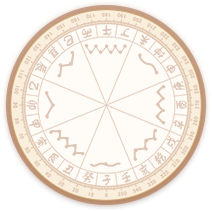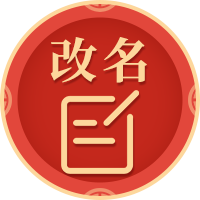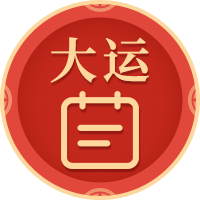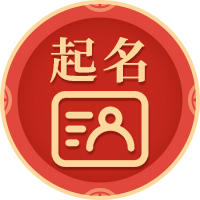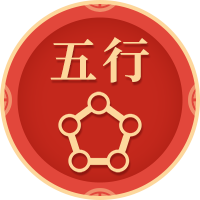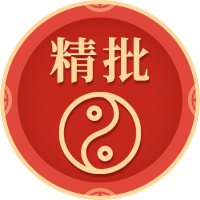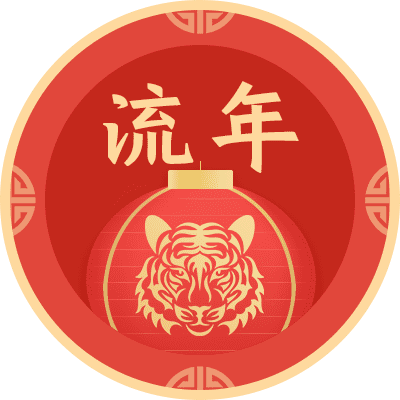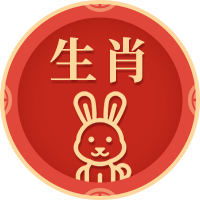试剂产品的好名字究竟该如何构思呢
- 作者: 刘思昂
- 来源: 投稿
- 2024-07-26
一、试剂产品的好名字究竟该如何构思呢
构思试剂产品好名字的步骤:
1. 确定产品特性和目标受众:
考虑产品的用途、功能、成分和目标客户群。
2. 头脑风暴:与团队成员或行业专家一起集思广益,提出尽可能多的名字。
考虑使用形容词、动词、名词和缩写词来描述产品的特性。
3. 评估名字:检查名字是否:
朗朗上口、易于记忆
准确反映产品的特性
与目标受众产生共鸣
没有负面含义或歧义
4. 考虑商标和专利:
确保名字没有被其他公司注册为商标或专利。
考虑使用通用术语或创造新词来避免侵权。
5. 测试名字:向潜在客户或行业专家征求反馈。
考虑进行焦点小组或调查以评估名字的有效性。
6. 选择最终名字:根据反馈和评估,选择最能代表产品特性、目标受众和品牌形象的名字。
创意技巧:使用隐喻和类比:将产品与其他事物进行比较,以生动地传达其特性。
创造新词:结合现有单词或创造新单词来描述产品的独特功能。
使用缩写词:缩写词可以简短、朗朗上口,并传达关键信息。
考虑目标受众:选择与目标客户群产生共鸣的名字,例如使用行业术语或流行文化参考。
保持简洁:名字应该简短、易于记忆,并且不会让人感到困惑。
示例:试剂名称:
LuminX: 荧光试剂,强调其发光特性。
SpectraScan: 光谱分析试剂,暗示其广泛的检测能力。
BioStat: 生物统计试剂,突出其在统计分析中的应用。
试剂缩写:ELISA: 酶联免疫吸附测定
PCR: 聚合酶链反应
HPLC: 高效液相色谱
二、试剂产品的好名字究竟该如何构思呢英语
How to Craft a Winning Name for Your Reagent Product
1. Define Your Target Audience:
Identify the specific scientists or researchers who will be using your product.
Understand their needs, pain points, and research interests.
2. Highlight Key Features and Benefits:
Focus on the unique selling points of your reagent.
Use descriptive language to convey its functionality, accuracy, and reliability.
3. Consider the Product's Application:
Choose a name that reflects the intended use of the reagent.
Use industry-specific terminology or abbreviations to make it easily recognizable.
4. Use Descriptive and Evocative Language:
Employ words that create a positive impression and evoke the desired qualities of the product.
Avoid generic or overly technical terms that may not resonate with the audience.
5. Keep it Concise and Memorable:
Aim for a name that is easy to pronounce, spell, and remember.
Avoid long or complex names that may be difficult to recall.
6. Conduct Market Research:
Test potential names with your target audience to gauge their reactions.
Seek feedback on clarity, memorability, and relevance to the product.
7. Consider Trademark and Patent Protection:
Ensure that the name you choose is not already trademarked or patented by another company.
Conduct a thorough search to avoid potential legal issues.
8. Use a Naming Convention:
Establish a consistent naming convention for your reagent products.
This helps create a recognizable brand identity and simplifies product identification.
9. Seek Inspiration from Industry Trends:
Stay abreast of the latest naming conventions and trends in the reagent industry.
Draw inspiration from successful products and marketing campaigns.
10. Be Creative and Original:
Don't be afraid to think outside the box and come up with unique and memorable names.
Use puns, metaphors, or other creative devices to make your product stand out.

三、试剂产品的好名字究竟该如何构思呢英文
How to Craft a Winning Name for Your Reagent Product
1. Define Your Target Audience:
Identify the specific scientists or researchers who will be using your product.
Consider their field of study, research interests, and pain points.
2. Highlight Key Features and Benefits:
Focus on the unique characteristics and advantages of your reagent.
Use descriptive language that conveys its functionality and value.
3. Use Clear and Concise Language:
Choose a name that is easy to understand and remember.
Avoid technical jargon or overly complex terms.
4. Consider the Product's Purpose:
The name should reflect the intended use of the reagent.
For example, a reagent used for protein purification could be named "Protein Purifier."
5. Use Creative and Memorable Elements:
Incorporate alliteration, rhyme, or other literary devices to make the name more memorable.
Consider using a metaphor or analogy to convey the product's function.
6. Research Existing Names:
Review the names of similar products in the market.
Identify common naming conventions and avoid using names that are too similar.
7. Test the Name:
Get feedback from potential users or industry experts.
Conduct focus groups or surveys to gauge the name's effectiveness.
8. Consider Legal and Trademark Issues:
Ensure that the name is not already trademarked or copyrighted.
Conduct a thorough search to avoid potential legal disputes.
9. Keep it Short and Sweet:
Aim for a name that is no longer than 3-4 words.
Long names can be difficult to remember and pronounce.
10. Be Unique and Differentiating:
Create a name that sets your product apart from the competition.
Avoid using generic or overly common names.

